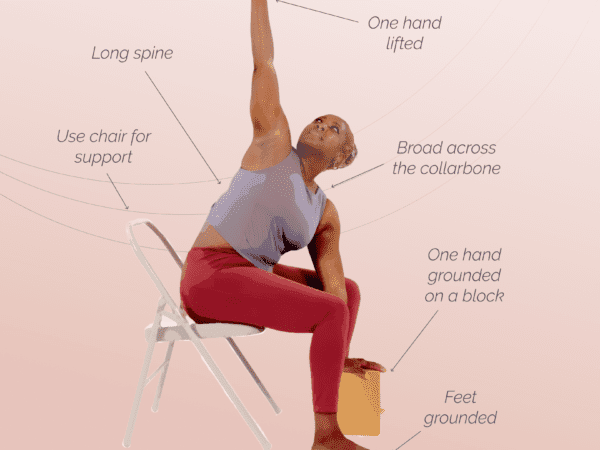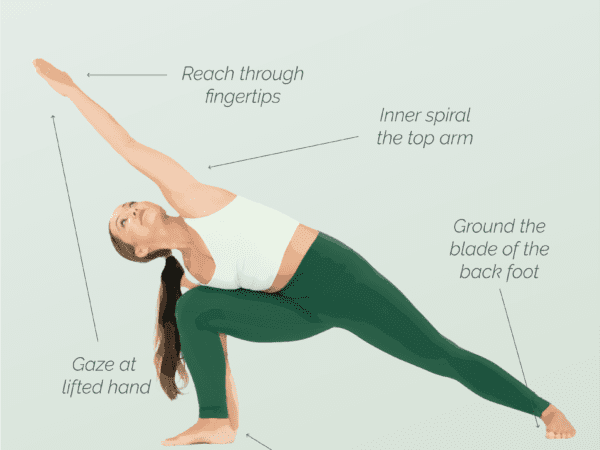Embarking on a journey of yoga can be both exhilarating and transformative. Among the myriad of poses that yoga offers, modified big toe pose stands out as a versatile and accessible option for practitioners of all levels. This pose not only enhances flexibility and balance but also fosters a deeper connection between mind and body. Whether you’re a seasoned yogi or just beginning your practice, mastering modified big toe pose can bring a wealth of benefits to your overall well-being. In this blog post, we will delve into the steps, benefits, and tips for perfecting this empowering pose, guiding you towards a more harmonious and fulfilling yoga experience.
Benefits of Modified Big Toe Pose
Modified big toe pose offers a multitude of benefits that can enhance both your physical and mental well-being. Here are some key advantages of incorporating this pose into your yoga practice:
Improves Flexibility: This pose stretches the hamstrings, calves, and lower back, helping to increase overall flexibility and range of motion.
Enhances Balance: By requiring focus and stability, modified big toe pose helps improve your balance and coordination, which can be beneficial in everyday activities.
Strengthens Core Muscles: Engaging your core muscles during this pose helps to build strength and stability in your abdominal region, supporting better posture and reducing the risk of injury.
Reduces Stress: The mindful breathing and concentration required in this pose can help to calm the mind, reduce stress, and promote a sense of inner peace.
Boosts Circulation: Stretching and holding this pose can stimulate blood flow, enhancing circulation and delivering more oxygen and nutrients to your muscles.
Alleviates Lower Back Pain: By stretching and strengthening the muscles around the lower back, this pose can help to alleviate tension and discomfort in that area.
Promotes Mind-Body Connection: Practicing modified big toe pose encourages mindfulness and a deeper awareness of your body, fostering a stronger connection between mind and body.
Incorporating the Modified Big Toe Pose into your regular yoga routine can lead to a more balanced, flexible, and peaceful state of being.
Contraindication for Modified Big Toe Pose
While modified big toe pose offers numerous benefits, it is important to be aware of certain contraindications to ensure a safe practice. Here are some conditions and situations where caution or modification may be necessary:
Hamstring Injuries: If you have a strained or injured hamstring, avoid deep stretches and consider using a strap to reduce strain.
Lower Back Issues: Those with lower back pain or disc problems should approach this pose with caution, ensuring proper alignment and possibly using props like a strap for support.
Sciatica: Individuals with sciatica should be mindful of their range of motion and avoid overstretching, which could exacerbate symptoms.
Pregnancy: Pregnant women should modify the pose to avoid excessive pressure on the abdomen and lower back, possibly using a chair or wall for support.
Balance Problems: If you have difficulty maintaining balance, practice near a wall or use a chair for stability to prevent falls.
High Blood Pressure: Those with high blood pressure should avoid holding their breath and practice gentle modifications to avoid excessive strain.
Recent Surgeries: If you have recently undergone surgery, especially in the abdominal or lower back area, consult with a healthcare professional before attempting this pose.
Always listen to your body and modify the pose as needed to ensure a safe and beneficial practice. If you have any medical conditions or concerns, consult with a healthcare provider or a certified yoga instructor before incorporating modified big toe pose into your routine.
How to do Modified Big Toe Pose
Start in a Standing Position: Begin by standing tall with your feet hip-width apart on your mat, grounding evenly through your feet.
Inhale and Lengthen: Take a deep breath in, lengthening your spine and reaching your arms overhead.
Exhale and Fold Forward: As you exhale, hinge at your hips and fold forward, bringing your torso towards your thighs. Allow your knees to bend generously to avoid straining your hamstrings and lower back.
Reach for Your Toes: With your knees bent, reach down with your legs and grasp your big toes with your index and middle fingers. If this is not accessible, you can hold onto your ankles or shins instead.
Engage Your Core: Engage your core muscles to support your lower back and maintain stability in the pose.
Lengthen Your Spine: With each inhale, lengthen your spine, and with each exhale, gently deepen the fold, keeping your knees bent as much as needed to maintain comfort and proper alignment.
Hold and Breathe: Hold the pose for several breaths, focusing on maintaining a gentle stretch and steady breathing. Ensure that your neck and head are relaxed.
Release the Pose: To come out of the pose, release your grip on your toes, inhale to lengthen your spine, and slowly rise back up to a standing position, keeping your knees slightly bent to protect your lower back.
By bending your knees, you can enjoy the benefits of the Modified Big Toe Pose without putting undue strain on your hamstrings or lower back, making it a safe and effective option for practitioners of all levels.
Additional Tips
To enhance your practice of the Modified Big Toe Pose and ensure you get the most out of it, consider these additional tips:
Use Props: Incorporate yoga blocks or a strap to help you reach your toes if flexibility is a challenge. If balance if an issue for you, you can do this padangusthasana in a chair. This can provide extra support and make the pose more accessible.
Warm Up: Engage in a gentle warm-up routine to prepare your muscles, especially your legs, hamstrings, and lower back, before attempting the pose. Poses like Downward Dog or gentle forward folds can be beneficial.
Focus on Alignment: Ensure that your hips are aligned over your ankles and your weight is evenly distributed across your feet. This helps maintain balance and prevents unnecessary strain.
Engage Your Thighs: Activate your quadriceps to support your knees and protect your hamstrings. This engagement can also help deepen the stretch safely.
Mind Your Breath: Maintain steady, deep breaths throughout the pose. Inhale to lengthen your spine and exhale to deepen the fold, allowing your breath to guide your movement.
Listen to Your Body: Pay attention to any signs of discomfort or pain. If you feel any sharp or intense pain, ease out of the pose and modify as needed.
Practice Regularly: Consistency is key to improving flexibility and strength. Incorporate the Modified Big Toe Pose into your regular yoga routine to see gradual progress.
Stay Present: Use this pose as an opportunity to practice mindfulness. Focus on the sensations in your body, your breath, and the present moment, fostering a deeper mind-body connection.
Seek Guidance: If you’re unsure about your alignment or need personalized modifications, consider working with a certified yoga instructor who can provide expert guidance and adjustments.
By incorporating these tips into your practice, you can safely and effectively enjoy the benefits of modified big toe pose, enhancing your overall yoga experience.










